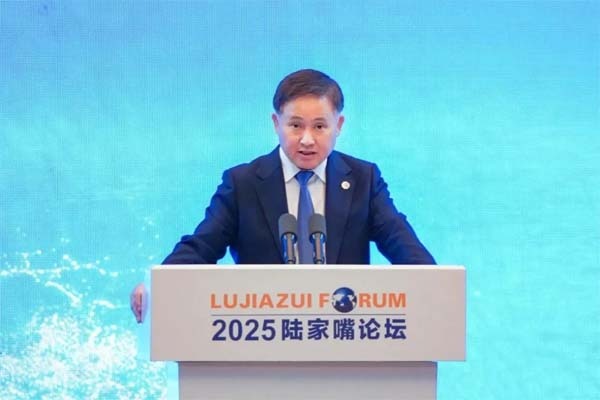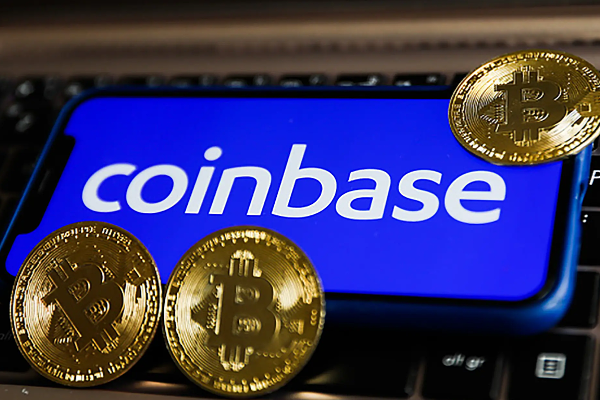Central Bank Governor Pan Gongsheng: Blockchain and other technologies promote the development of central bank digital currency stablecoin

At the 2025 Lujiazui Forum, Pan Gongsheng, governor of the People's Bank of China, pointed out that new technologies are now accelerating their penetration and application in the field of cross-border payments. Among them, the rise of cutting-edge technologies such as blockchain and distributed ledgers has strongly promoted the vigorous development of the central bank's digital currency stablecoin. This change has reshaped the traditional payment system from the underlying architecture, significantly shortening the lengthy chain of cross-border payments.
The traditional cross-border payment system has long faced many problems, such as involving multiple institutions, including banks, payment service providers, regulators and technology platforms, and different operating time zones, different ways of implementing international standards, and different payment system technical standards, resulting in cumbersome payment processes, high transaction costs, and long fund settlement cycles. The continuous emergence of emerging payment infrastructure and settlement methods has brought a turning point for the global cross-border payment system, pushing it towards a more efficient, secure, inclusive and diversified direction, and this positive trend will continue to strengthen in the future.
Governor Pan Gongsheng specifically mentioned that blockchain technology, by building a distributed ledger, realizes the simultaneous recording and sharing of transaction information at multiple nodes, effectively improves the transparency and security of transactions, reduces dependence on intermediaries, and thus reduces transaction costs. In this process, the central bank's digital currency stablecoin has further optimized the cross-border payment process with its own characteristics, allowing funds to flow more quickly and conveniently between different countries and regions.
However, while the widespread application of new technologies brings many advantages, it also poses unprecedented challenges to financial supervision. The development of technologies such as smart contracts and decentralized finance continues to promote the evolution of the cross-border payment system, requiring regulators to face a more complex financial environment and potential risks. Although the automatic execution mechanism of smart contracts improves transaction efficiency, once loopholes or malicious exploitation occur, it may cause serious financial losses. Decentralized finance has weakened the effectiveness of traditional financial supervision to a certain extent, and it is difficult for regulators to conduct comprehensive and timely supervision.
When talking about the construction of the RMB cross-border payment and clearing network, Pan Gongsheng said that after more than ten years of persistent construction and development, China has initially built a multi-channel and wide-coverage RMB cross-border payment and clearing network. The status of the RMB in the international payment system is also increasing. Calculated on a full-caliber basis, it has become the world's third largest payment currency and the world's second largest trade financing currency.
To further promote the construction of Shanghai International Financial Center, Pan Gongsheng announced eight measures: First, an interbank market transaction reporting database will be established in Shanghai to collect and systematically analyze transaction data of various financial sub-markets such as interbank bonds, currencies, derivatives, gold, and bills at a high frequency, to serve financial institutions, macro-control, and financial market supervision; second, a digital RMB international operation center will be established in Shanghai to promote the international operation of the digital RMB and the development of financial market business, and serve digital financial innovation; third, a personal credit reporting agency will be established in Shanghai; fourth, a comprehensive reform pilot of offshore trade financial services will be carried out in the Lingang New Area of Shanghai; fifth, free trade offshore bonds will be developed in Shanghai, following the principle of "two ends abroad" and internationally accepted rules and standards, and broadening the "going out" enterprises and "Belt and Road" co-construction countries. and financing channels for high-quality enterprises in the region; Sixth, optimize and upgrade the functions of free trade accounts in Shanghai, realize efficient integration of high-quality enterprises and overseas funds, improve the level of liberalization and facilitation of cross-border trade and investment, and help Shanghai's high-level opening up; Seventh, "first-mover" structural monetary policy tool innovation in Shanghai, including piloting the refinancing business of blockchain letters of credit for shipping trade, issuing re-loans in the form of credit, supporting commercial banks in Shanghai to provide financing to foreign trade enterprises, carrying out cross-border trade refinancing business pilots, using rediscounts to support commercial banks in Shanghai to provide RMB cross-border trade financing to import and export enterprises, and carrying out pilot expansion of carbon emission reduction support tools, expanding the scope of support to some transitional financial fields and local characteristic industries; Eighth, work with the China Securities Regulatory Commission to study and promote RMB foreign exchange futures trading.
The speech of President Pan Gongsheng not only revealed the profound impact of new technologies in the field of cross-border payments, but also clarified the direction for the internationalization of the RMB and the construction of Shanghai International Financial Center. The implementation of subsequent relevant policies deserves close attention from the market.









